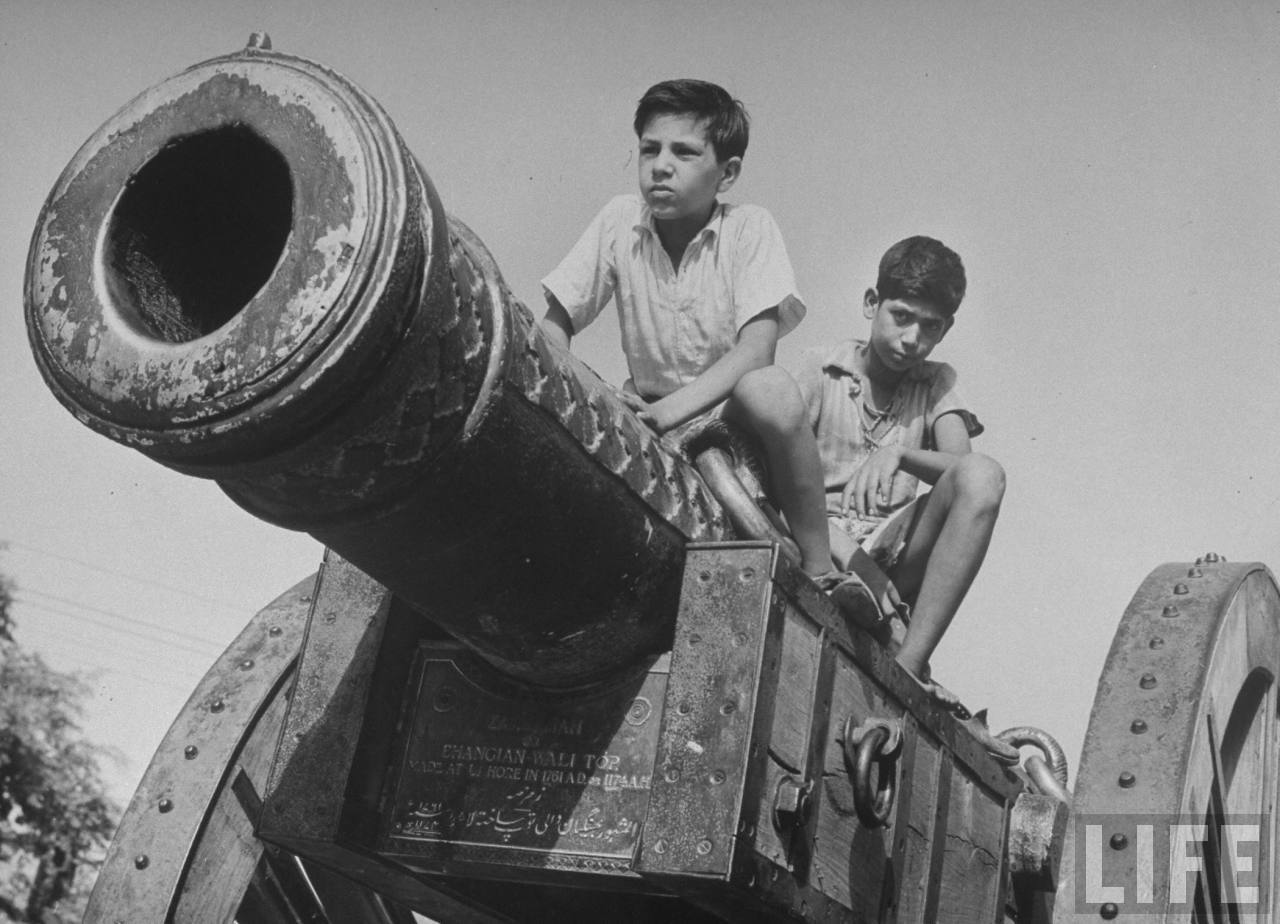
One of the original ways to travel if you are physically or financially incapable of doing so is to listen to a story or, since the invention of printing, read a book. Most of the earliest novels were travelogues, picaresque novels, quests. Think of Don Quixote, Robinson Crusoe and Gulliver. Think of Fielding and Sterne rather than Jane Austen. But in novels as in life, the journey can be outward and inbound, often both at the same time.
Some writers have invented entire worlds that they guide us through and others have a great gift of conveying the spirit of a place, making you feel that you have actually been there and can revisit any time. Over the last 18 months I have had the pleasure of reading up on Anuradha Roy, a writer from India who is extremely good at putting her readers right on the spot.
My obsession with India and its writers goes back decades at this point. In an alternative version of my life, I would have been a teacher of post-colonial literature with a specialty in South Asia. I trace it all back to huddling under the blankets with my flashlight, hiding from the adults in my house, trying to read way past my bedtime. The opening scene of Rudyard Kipling’s “Kim”, with him sitting on the Zamzama outside the museum in Lahore is like a real life memory for me. That was me, sitting on top of that cannon.

So far I have been able to travel to India twice, but never to the foothills of the Himalayas that so often are a reference point for relief and recuperation in stories from South Asia. The mountains are also an inspiration, aspirational as they make us look up while the sea makes us looks downward and inward, looking out our feet in the water, with the waves hitting out belly and our soul.
Ms Roy’s novel “The Folded Earth” is set in Ranikhet, where Maya, her young protagonist from Hyderabad, settles after her husband dies in a mountain climbing expedition nearby. The story is set around in the mid-2000’s and its characters are caught between the past and modernity. Maya makes friends with Diwan Sahib her landlord who lives in an old mansion called the Light House, called that because the light hits it just as the sun rises and sets over the mountains. She is one of several tenants of the former politician and these characters, her new family, are all drawn in full details. There is his man-servant Himmat Singh, part enabler, part caretaker because he knows no other life. There is Ama, the old woman from the mountains who is possessive of her landlord and bosses him and everyone else around; but then turns obsequious and duty bound when his health declines. There is her grand-daughter Charu who minds the animals and skips classes at Maya’s school until she falls in love with a boy who moves back to Delhi and she needs reading and writing skills to keep in touch with her future husband. There is Charu’s simple minded uncle who likes to drink and get high and can hardly be trusted to mind the family’s cows and goats. And then there is Veer, the Diwan’s “nephew” and Maya’s rebound lover who is a mountain climber too and disappears for unannounced and unexplained long absences. Modern Indian politics touches upon the town as a local young man runs against a career politician but Hindutva is still a side show, .
The genius of Ms Roy’s stories is how she allows them to unfold organically. The choices she makes for her characters are never informed by the need to make the plot more engaging and sell more books. There is an entire world in her head where the characters vie with each other to get their stories told. There is a certain peacefulness there, a comfort in melancholy, as Joni put it so eloquently in “Hejira”.
In a time when we are forced fed content by streaming services, cable tv and publishers alike, it is refreshing to settle in and read all four books by one writer, rather than keeping up with the latest recommendation by a former president or a billionaire book club. Ms Roy’s husband runs “Permanent Black”, an independent publishing house from and on her blog she is an advocate for other writers and small scale publishing. So I want to end with a plea to all of you to read and watch more independent content and support non commercial voices. They need you.